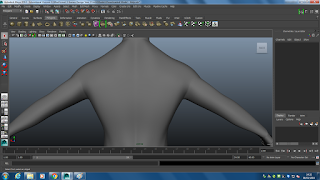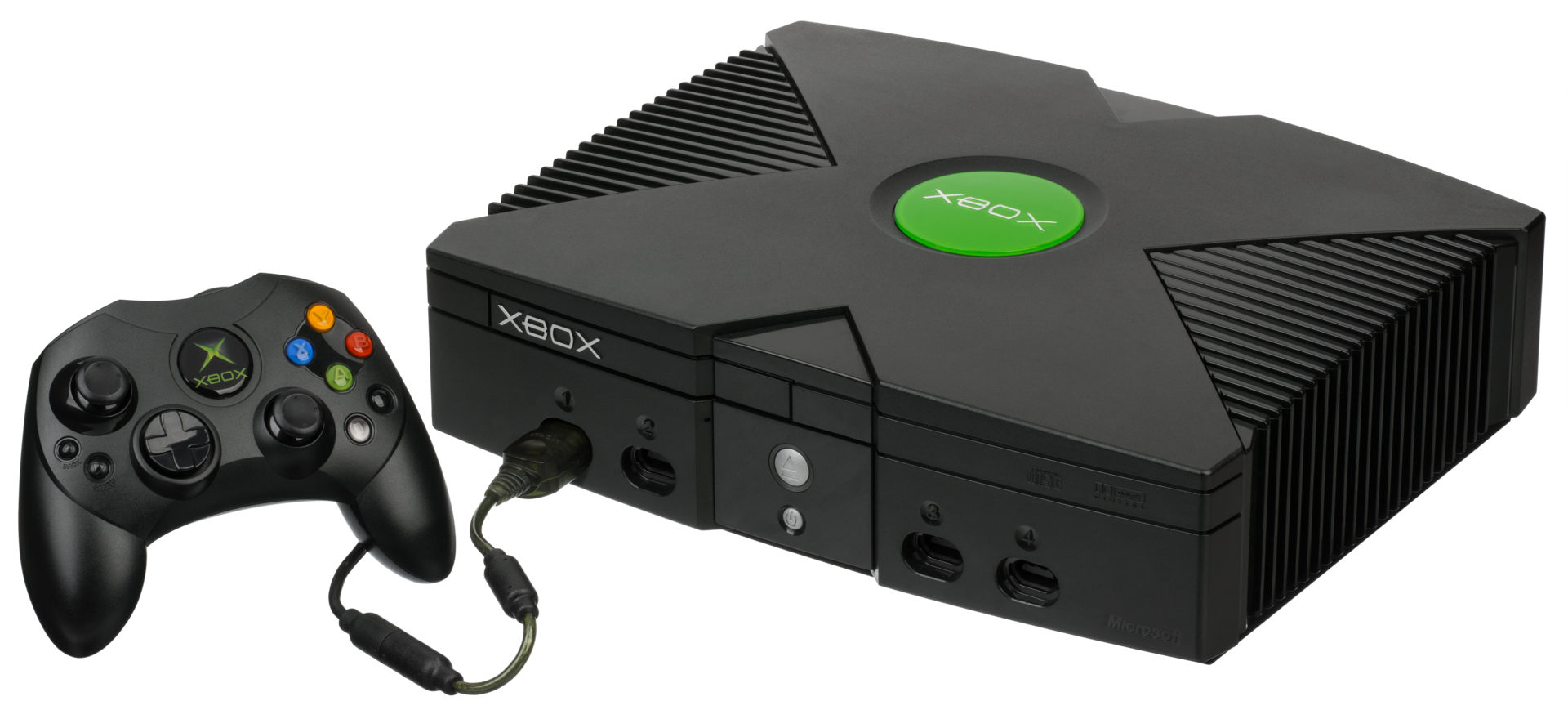Game Engine
Game Engines is the mainframe of the game. Graphical, Gameplay and code.
A game engine is a software development kit (SDK) that contains the source code and tooling necessary to get a basic video game up and running fast, letting the developer script in the gameplay, levels, and characters, without needing to touch a single line (or at least, much fewer lines) of code or know advanced programming.
This allows the game developer to focus more on the gameplay and the “fun factor”, spending less time on complex math trying to get everything set up.
Here are some examples of big games and their game engines.
Call of Duty: Modern Warfare 2 -
Game Engines is the mainframe of the game. Graphical, Gameplay and code.
A game engine is a software development kit (SDK) that contains the source code and tooling necessary to get a basic video game up and running fast, letting the developer script in the gameplay, levels, and characters, without needing to touch a single line (or at least, much fewer lines) of code or know advanced programming.
This allows the game developer to focus more on the gameplay and the “fun factor”, spending less time on complex math trying to get everything set up.
Here are some examples of big games and their game engines.
Call of Duty: Modern Warfare 2 -
IW 4.0 - 2009
The IW engine is a game engine developed by Infinity Ward, Treyarch, and Sledgehammer Games for the Call of Duty series. The engine was originally based on id Tech 3 as its core, since the engine itself is proprietary with inclusion of GtkRadiant by id Software. It has been used by Infinity Ward, Treyarch, Raven Software, and Sledgehammer Games.
Fallout: New Vegas -
Gamebryo - 2010
Gamebryo is a game engine. Gamebryo 3D and LightSpeed engines are owned by Gamebase Co., Ltd. and Gamebase USA and have been used by several video game developers including Atlus, Trion Worlds, 2K Games, Disney, Ubisoft, Bethesda Softworks, Firaxis Games, Tencent, Sony, Shanda, NCsoft, Rockstar Games and KingsIsle Entertainment for numerous cross-platform game titles.
FIFA Series (Currently FIFA 16) -
Ignite Engine - 2014
The Ignite game engine (styled as IGNITE) is a collection of video game technologies built by Electronic Arts and designed to make video game sports "alive". The technology was announced at Microsoft's Xbox One reveal event in May 2013 alongside four upcoming EA Sports franchise games for Xbox One and PlayStation 4 using the technology: FIFA 14, EA Sports UFC, Madden NFL 25, and NBA Live 14.
GTA V -
R.A.G.E Engine - 2013/2015
Rockstar Advanced Game Engine (RAGE) is a game engine developed by the RAGE Technology Group at the video game developer Rockstar San Diego with contributions by other Rockstar studios. The engine has been used on several different platforms such as Microsoft Windows, Nintendo Wii, PlayStation 3, PlayStation 4, Xbox 360 and the Xbox One. RAGE initially evolved from the Angel Game Engine originally developed by Angel Studios for use in the sixth generation console era versions of the Midnight Club series and other Rockstar San Diego games
Rockstar has integrated a few third party middleware components into RAGE like the proprietary Euphoria character animation engine and the open-source Bullet physics engine. Since the release of Max Payne 3, the engine supports DirectX 11 and stereoscopic 3D rendering on the PC platform.










































